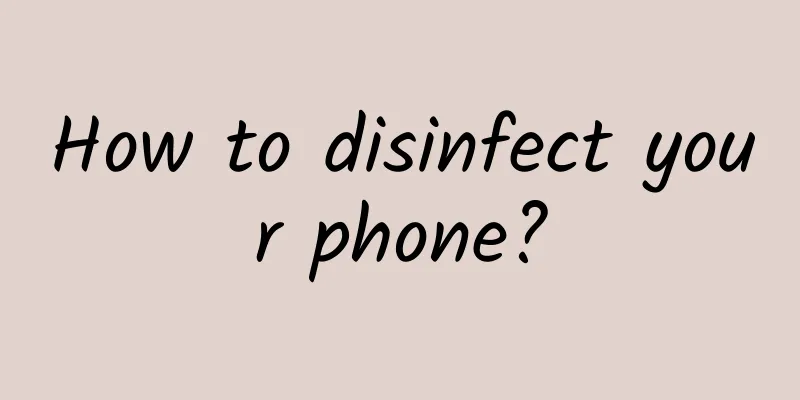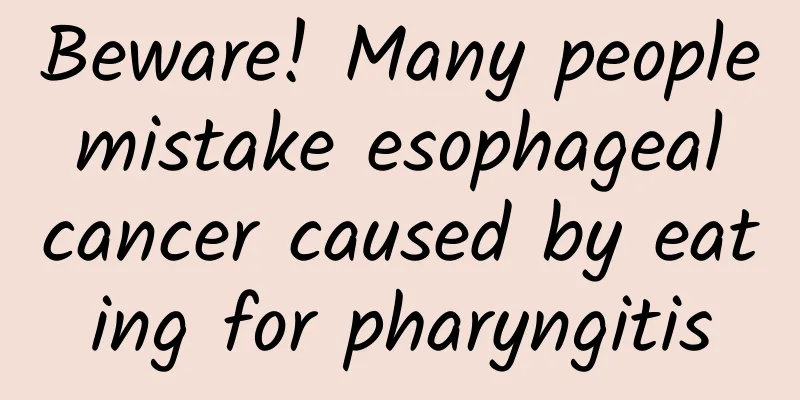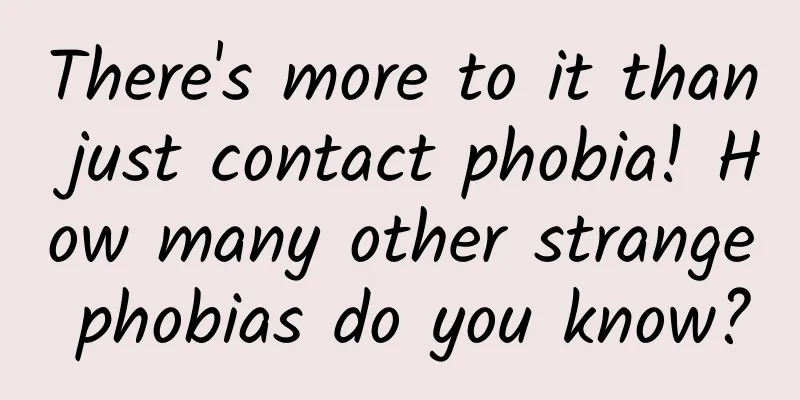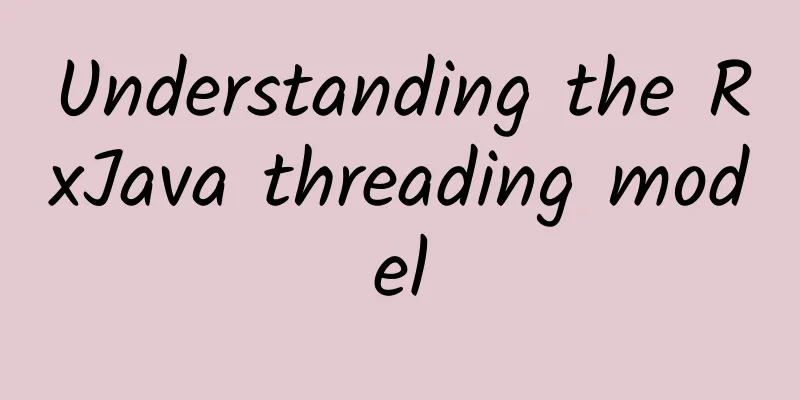How to disinfect your phone?

|
We always touch our eyes, nose, mouth and other body parts unconsciously. In the current epidemic situation, the risk of infection is inevitable. Therefore, professionals recommend that everyone wash their hands more often and use alcohol-containing hand sanitizer or alcohol spray; some people say that wearing a mask is not only to filter the air, but also to reduce the frequency of touching the face, thereby protecting oneself from the virus.
But don't forget that your phone is also the object you touch the most every day. How serious is this dependence? According to statistics from research company Dscout, the average user clicks their phone 2,617 times a day, and 10% of heavy users click as many as 5,427 times. It seems that it is not an exaggeration to compare the mobile phone to an "extension of the human body". However, more people are concerned about whether the virus can also be transmitted through mobile phones. A paper in the Journal of Hospital Infection pointed out that the coronavirus can survive for up to 9 days on the surface of inanimate objects such as metal, glass or plastic. If there are bacteria on the mobile phone, it also means that you will touch it and even eventually transfer it to your face. If you want to clean and disinfect your mobile phone, you may want to understand what you need to pay attention to before you start.
Whether or not to use alcohol to clean your phone may be the first question that many people will be concerned about. Previously, manufacturers including Apple have stated that it is not recommended that users directly use detergents containing irritating solvents to clean their phones. The reason is that some cleaners or disinfectant wipes may contain high concentrations of alcohol, which can cause the oleophobic or hydrophobic layer on the phone screen to fall off, causing irreversible damage to the screen.
However, Apple recently updated the device cleaning guide on its official website, stating that users can use "70% isopropyl alcohol wipes" or "Clorox disinfectant wipes" to gently wipe the hard, non-porous surfaces of the product, such as the display, keyboard or other external surfaces. The "70% isopropyl alcohol" mentioned here refers to a daily care disinfectant on the U.S. market. It has a similar effect to ethanol and is also a type of medical alcohol, but in addition to 70% concentration, there are also 60% and up to 91% concentrations. In China, we should see more disinfectant alcohol with a concentration of 75% in supermarkets, so we should be careful when using it on mobile phones. I also looked through the "Mobile Phone Cleaning" guidelines of several other mobile phone manufacturers. Huawei stated on its official page that users can spray an appropriate amount of alcohol on a lint-free soft cloth, and then gently wipe the phone screen, back cover and sides, but not including the phone holes, gaps and flash area. After wiping, let the phone sit for 5 minutes and wait for the alcohol on the surface of the phone to evaporate.
Next is Google's "Clean Pixel Phone" page, where Google also recommends using a lint-free soft cloth to wipe the phone, and most of the time no water is needed. If the screen is stained, you can consider using a special screen wipe or lens cleaner, and you can also use soapy wipes on the sides and back of the phone. Regarding disinfection, Google said that users can use ordinary household disinfectant wipes or 70% isopropyl alcohol wipes, but cleaning wipes containing bleach are not allowed.
Finally, Samsung. I asked the official customer service, and the customer service gave the same reply: "Use a soft cotton cloth or eye cloth to wipe it." If the stains on the screen are not easy to wipe off, you can also use a slightly damp cotton cloth, but it is not recommended to use alcohol to wipe the screen. However, Samsung customer service also added an exception, that is, mobile phone screen protectors. If you have the habit of frequently applying screen protectors, you can indeed use alcohol-containing wipes to wipe the screen more boldly. Anyway, if the screen protector is damaged, just replace it with another one. But people who wear protective cases probably can't be so willful. Unless you can change the phone case as frequently as you change the screen protector, sooner or later it will become a carrier full of bacteria. Another more effective way to disinfect is to use ultraviolet light. Recently, Samsung launched the "Samsung Mobile Disinfection Service" in 19 regions around the world. It is reported that offline stores in these regions will use UV-C short-wave ultraviolet disinfection lamps to disinfect users' mobile phones instead of detergents with irritating solvents, so that the mobile phones can be cleaned in a dry state. At the same time, a UV disinfection box called "PhoneSoap" has also seen a surge in sales overseas recently due to the epidemic. The company claims that the device can kill 99.9% of common bacteria attached to the surface of mobile phones, such as E. coli and Salmonella, but has not yet been tested on the coronavirus.
Some researchers believe that due to the influence of irradiation intensity and duration, a small box like PhoneSoap cannot completely eliminate the coronavirus in a short period of time. Unless the user exposes the phone to irradiation for more than two hours, the dosage is completely insufficient. In contrast, experts believe that wiping your phone with alcohol at a concentration of at least 60% may be a more practical disinfection method. Based on the statements of several manufacturers, the simplest and safest way to clean and disinfect is still to use a lint-free soft cloth or microfiber cloth and clean water to wipe the screen. Of course, you can also directly use Zeiss or iKlear's special cleaning agent. As for deeper disinfection, you can consider using disinfectant wipes with an alcohol concentration of less than 70%, but it is still recommended not to wipe excessively as this may also cause damage to the screen.
Here are some more tips and tricks for cleaning your phone. For example, phone manufacturers do not recommend that users spray liquid directly on their phones when cleaning. Instead, they recommend spraying the liquid on a soft cloth first and then wiping the phone. It is certainly not recommended to throw the phone directly into the water or rinse it under the faucet. Even if some mobile phones support IP68 level waterproof, you still need to avoid getting moisture in the speakers, data interfaces and other places when wiping, or allowing liquid to penetrate into the phone through the openings. A reasonable approach is that after you wipe your phone with cleaning wipes, it is best to wipe it again with a dry flannel cloth to avoid leaving water stains on the glass. Some people may think of using rough cloth, towels, paper towels, etc. to replace soft velvet cloth, but these items are also not recommended by Apple. This is mainly because the surface of ordinary paper towels is relatively rough, and if you wipe the screen for a long time, there is a risk of scratches.
For the dirt on the earpiece, speaker and interface gap, a thin cotton swab is the easiest tool to find, you can also use sticky "blu-tack" to solve it. I personally do not recommend using sharp objects such as toothpicks and paper clips to deal with it, because if you are not careful, you may damage the earpiece or interface contacts. Of course, you can also trust your own handling skills. In addition, sprays, bleach abrasives and even laundry detergents cannot be used directly on mobile phones. This is also due to the presence of the oleophobic layer on the screen. If the oleophobic layer is frequently exposed to chemicals such as alcohol, the coating will fall off faster. Cleaning your phone does not mean you can completely isolate yourself from the virus. In contrast, washing your hands frequently, wearing a mask and staying away from crowded places may help reduce the risk of infection. But if possible, wipe your phone more often and create a clean living environment for yourself, which can be regarded as icing on the cake. |
>>: Android 11 second developer preview: supports hinge angle detection for foldable phones
Recommend
Learn open source projects: LeakCanary-How to detect whether Activity is leaking
OOM is a common problem in Android development, a...
The core ideas and 14 practical methods of Weibo promotion
Weibo promotion uses Weibo as a promotion platfor...
How to enable night mode in earlier versions of Windows 10
Since the first appearance of Win10 system, there...
How to write social media content to attract users!
Why is the reading volume of content posted on W...
Zero Carbon Record: Overview of Provincial Climate Action Progress
After the initial establishment of the national &...
450 million years ago, this ancient "cute creature" was actually a fierce "catcher" in the ocean
The reporter learned from the Nanjing Institute o...
Behind the sharp drop in China Unicom's revenue growth: FDD is to blame
China Unicom's first-half financial report re...
Event planning process and innovative gameplay
For operations, event planning and operation are ...
Douyu live broadcast market and user analysis!
Due to the epidemic in the first half of this yea...
The latest news on the next oil price adjustment in 2022: Will oil prices fall on April 15?
Since the beginning of this year, my country's...
If you want to live on the moon, you must understand these issues
Chairman Mao wrote in the poem "Shui Tiao Ge...
In addition to WeChat public account searches, how much room for imagination is there?
A small move by WeChat may allow search engines t...
The underlying logic of fission: 5 ways to swipe the screen!
We all know that fission is a popular way of play...
ARM's A77 chip may help Android phones surpass iPhones in 2020
According to foreign media reports, ARM has recen...
5 tips for brand advertising and marketing!
What kind of advertising is considered a "go...









